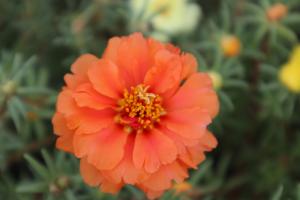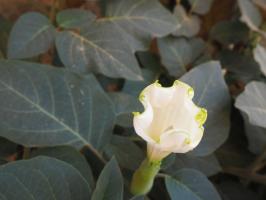1、 Family and genus
Tiger skin orchid is a perennial plant belonging to Liliaceae and tiger tail orchid. It is a kind of herb. In addition to its name, it is also called tiger tail orchid and Millennium orchid. Now it is distributed and cultivated all over China. It is a very common foliage plant
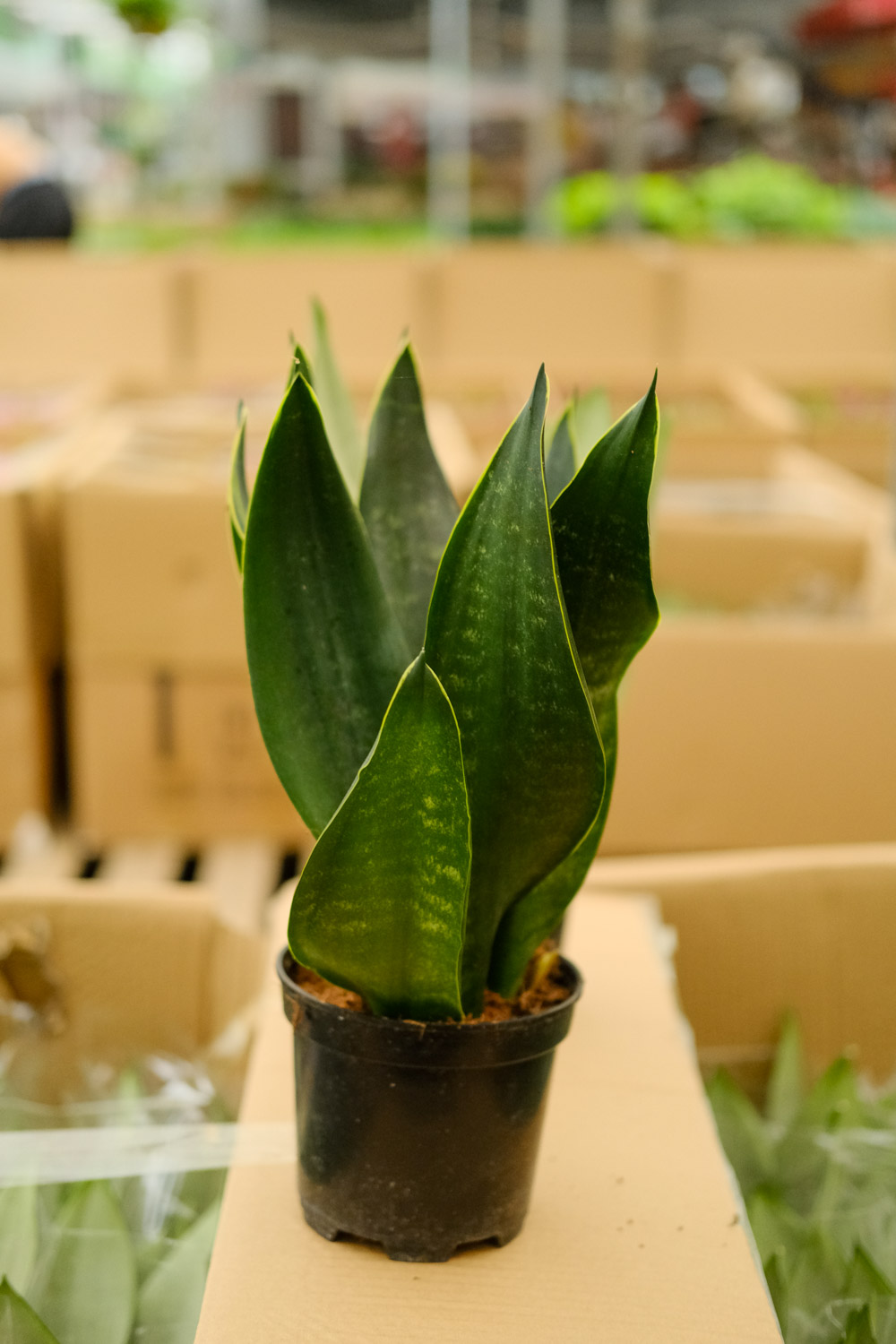
2、 Form
The height of the whole plant can reach about 1 meter. The rhizome under it grows in a creeping manner. The leaves are distributed in a basal manner. There are several leaves in an upright state. It is hard leathery and relatively flat. It is about 30-70 cm long and about 3-5 cm wide. The leaves have white and green textures and will be covered with a little white powder. Although it doesn't bloom often, it can bloom. The flowering period is in summer. The flowers belong to racemes. The flower color is white to light green, with a little fragrance
3、 Habits
Hupilan has strong adaptability, strong growth ability and lax requirements for soil. It is best to provide sandy loam with good drainage and loose air permeability. It can grow at a temperature above 10-25 ℃ in winter
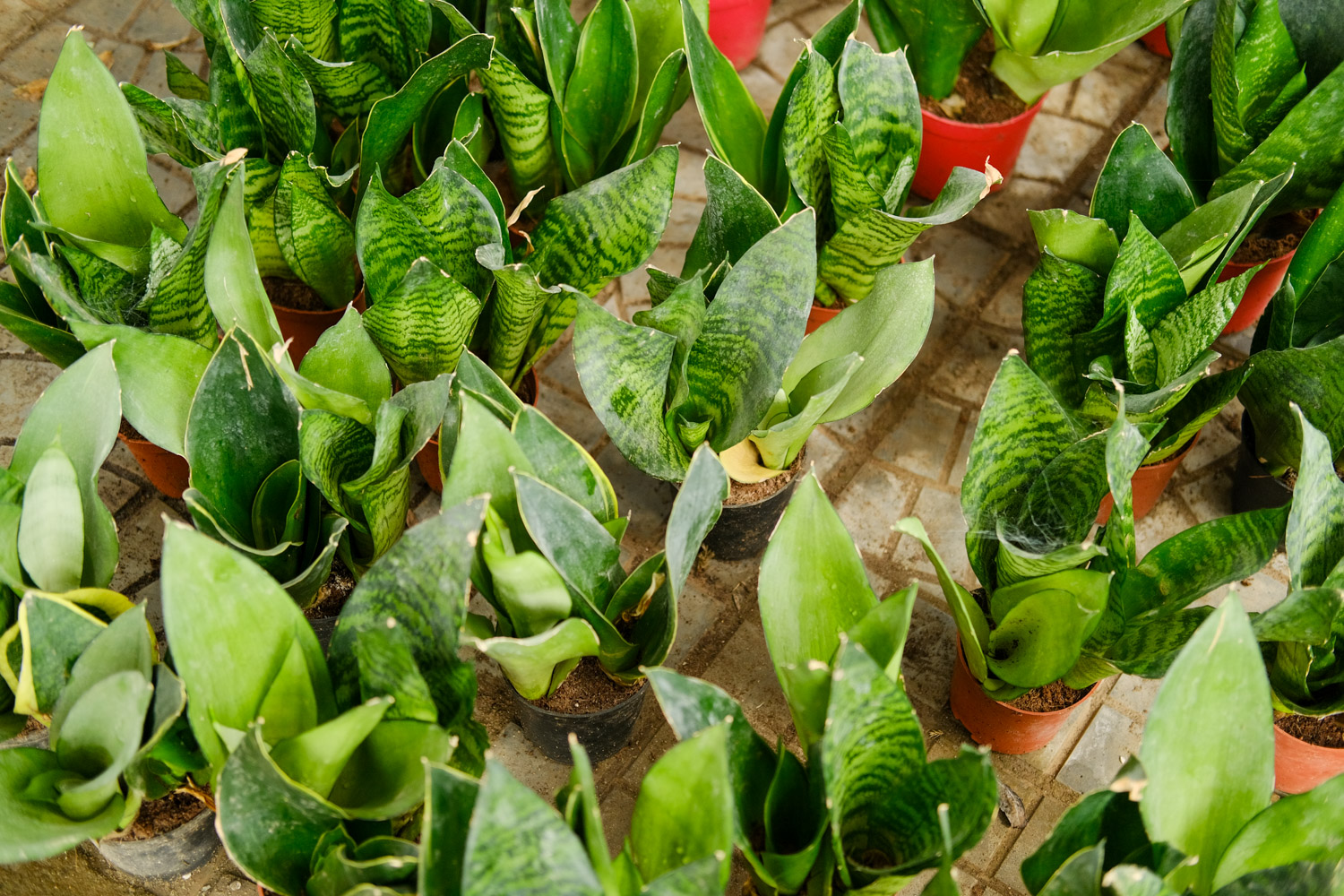
4、 Reproduction
Hupilan can be propagated by branching and cutting, and the survival rate of these two propagation methods is relatively high
5、 Flower language
The leaves of hupilan are upright and firm, and the flower language is firm and resolute
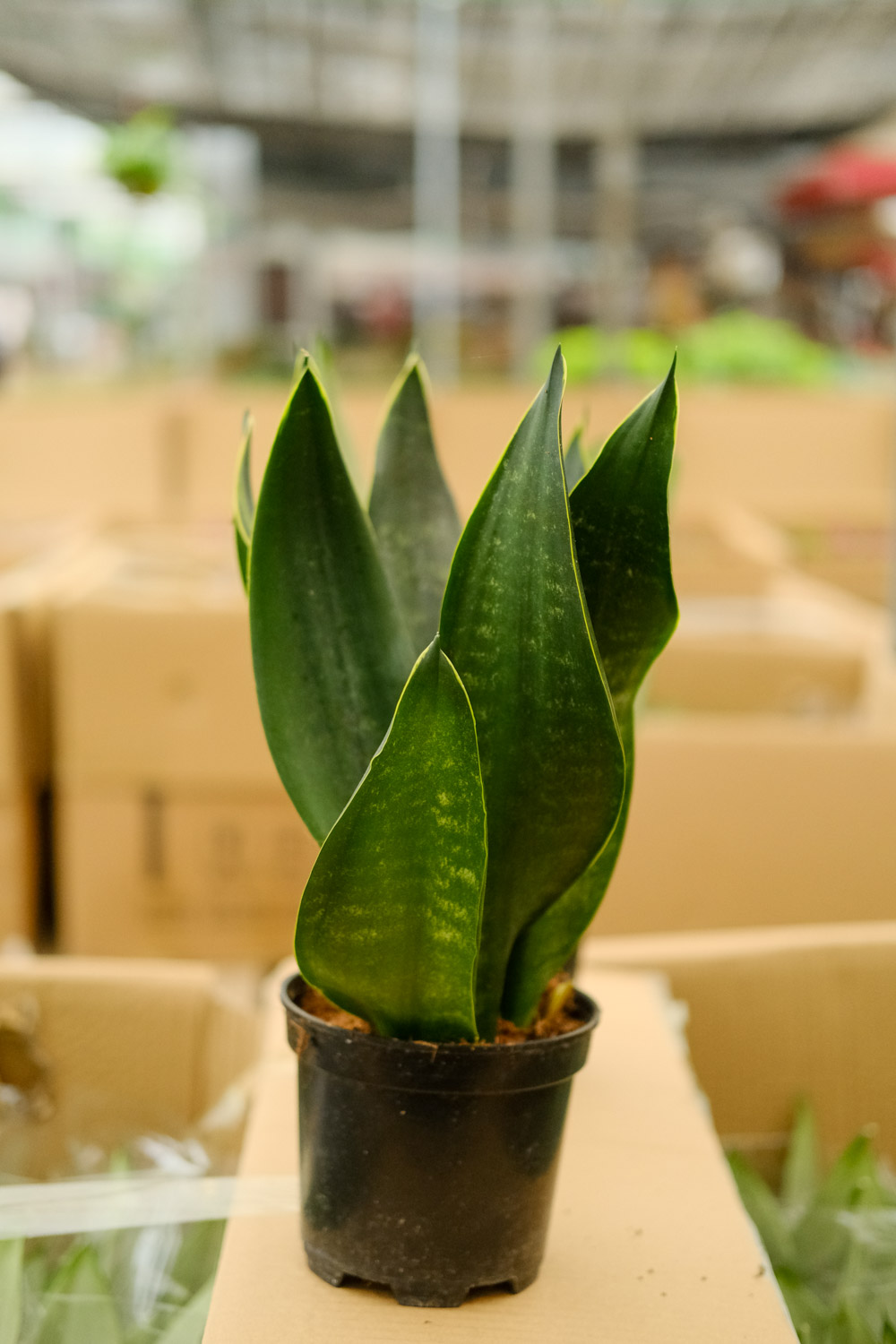

 jackfruit
jackfruit snake plant
snake plant hibiscus
hibiscus hydrangea
hydrangea lavender
lavender Green roses climb al...
Green roses climb al... If you don't pay att...
If you don't pay att... Management of four g...
Management of four g...



